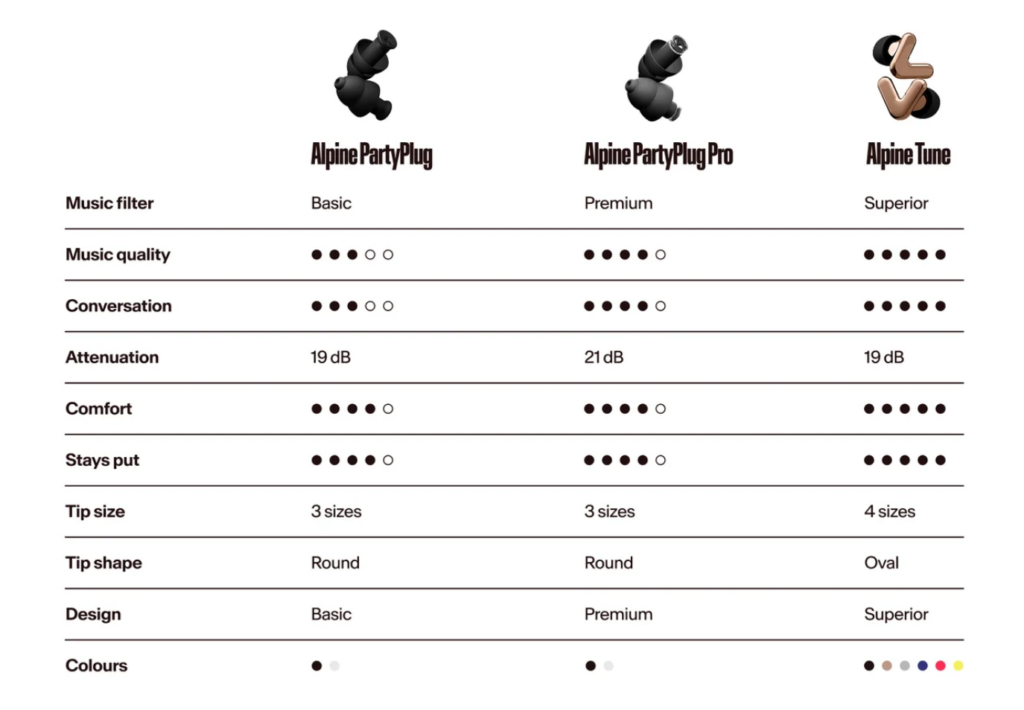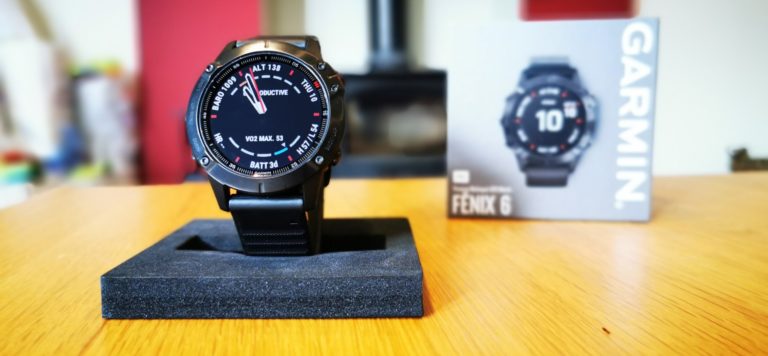Any links to online stores should be assumed to be affiliates. The company or PR agency provides all or most review samples. They have no control over my content, and I provide my honest opinion.
Live concerts offer an electrifying experience—powerful music, an energetic crowd, and an unforgettable atmosphere. However, the high decibel levels at concerts pose a serious risk to your hearing. That’s why investing in earplugs, especially concert earplugs, is essential for anyone who wants to enjoy music safely.
Why Are Earplugs Important?
Exposure to loud music for extended periods can lead to temporary or permanent hearing loss. A typical concert can reach noise levels of 100–120 decibels, which is well above the recommended safe limit of 85 decibels. Without proper hearing protection, you risk developing tinnitus (ringing in the ears) or long-term hearing damage.
What is SNR and Why Does it Matter?
The Single Number Rating (SNR) is a European standard that measures the noise reduction provided by hearing protection devices. It indicates how many decibels (dB) the earplugs can reduce when worn correctly. For example, an earplug with an SNR of 25 dB will lower a 100 dB concert sound to 75 dB at your ears.
- Concerts and Festivals: Earplugs with an SNR of 18–25 dB are ideal for live music events. These levels reduce harmful noise to safer levels (below 85 dB) while maintaining sound clarity.
- Louder Environments: For extremely loud events, such as heavy metal concerts or front-row festival spots, higher attenuation levels of 25–30 dB may be necessary.
- Versatility: Lower SNR ratings (e.g., 15–18 dB) are better suited for quieter environments where some ambient sound is desirable.
Choosing the right SNR depends on the event’s noise level and your proximity to speakers or amplifiers.
Standard Earplugs vs. Concert Earplugs
Not all earplugs are the same. Standard foam earplugs are effective at reducing noise but tend to muffle sound, making it difficult to enjoy music. Concert earplugs, on the other hand, are designed with advanced filters that lower volume levels while maintaining sound clarity. This allows you to hear every detail of the music without damaging your hearing.
Why Earplugs Are Essential for Concerts
Hearing Protection
Concert sound levels often range between 100–120 dB, far exceeding the safe limit of 85 dB. Without protection, exposure can lead to tinnitus or permanent hearing loss. Earplugs reduce this risk by attenuating harmful frequencies while preserving the music’s integrity.
Enhanced Sound Quality
Unlike foam earplugs that muffle audio, concert-specific earplugs use acoustic filters to balance frequencies. This means you can hear vocals, instruments, and bass lines clearly but at a reduced volume.
Comfort and Long-Term Use
Modern earplugs are designed for extended wear. They fit snugly without causing irritation, making them suitable for multi-hour events like festivals.
Noise Anxiety and Overstimulation
For individuals sensitive to loud environments, earplugs provide a sense of control by reducing overwhelming noise levels. This can make concerts more enjoyable and less stressful.
How Earbuds Can Enhance Concert Experiences
Earbuds equipped with noise-cancelling features or adaptive transparency modes are increasingly being used at concerts. While they don’t offer the same level of protection as dedicated earplugs, they have unique advantages:
- Customised Listening Experience: Noise-cancelling earbuds can filter out crowd noise while allowing you to focus on the music.
- Volume Management: Some earbuds limit loud sounds to safer levels, giving you a balanced listening experience without distortion.
- Improved Clarity: Adaptive transparency modes amplify subtle details in live performances while reducing overpowering frequencies.
However, it’s important to note that most earbuds cannot achieve the same consistent attenuation across all frequencies as high-quality concert earplugs do. They may also fall short in environments with extremely high decibel levels.
Choosing the Right Earplugs for Different Environments
| Environment | Recommended SNR | Why |
|---|---|---|
| Concerts & Festivals | 18–25 dB | Reduces harmful noise while preserving sound quality |
| Nightclubs | 20–30 dB | Protects against prolonged exposure to loud bass-heavy music |
| Loud Workplaces | 25–35 dB | Provides maximum attenuation in industrial or construction settings |
| Everyday Use | 15–20 dB | Suitable for moderate noise reduction in casual settings |
Beyond Protection: Why Earplugs Improve Your Concert Experience

Earplugs do more than safeguard your hearing:
- Balanced Audio Perception: By reducing excessive highs and lows, earplugs create a more balanced soundstage. This makes vocals clearer and instruments more distinct.
- Reduced Fatigue: Loud environments can cause auditory fatigue, leaving you drained after an event. Earplugs minimise this effect by lowering overall sound pressure.
- Social Interaction: High-quality filters allow you to hold conversations without removing your earplugs.
- Post-Concert Comfort: Avoiding ringing ears or temporary hearing loss ensures you leave the event feeling refreshed rather than overwhelmed.
Tips for Using Earplugs Effectively
- Ensure a proper fit to maximise attenuation.
- Choose reusable models with replaceable filters for long-term value.
- Clean your earplugs regularly to maintain hygiene and performance.
- Carry them in a protective case to prevent damage when not in use.
Enjoy Music Without Compromise
Concerts are about enjoying music and creating memories—not risking your hearing health. Whether you choose concert-specific earplugs or advanced earbuds with noise-cancelling features, protecting your ears is essential. By selecting the right SNR level and using quality hearing protection, you can fully immerse yourself in live performances without compromising safety or sound quality.
I am James, a UK-based tech enthusiast and the Editor and Owner of Mighty Gadget, which I’ve proudly run since 2007. Passionate about all things technology, my expertise spans from computers and networking to mobile, wearables, and smart home devices.
As a fitness fanatic who loves running and cycling, I also have a keen interest in fitness-related technology, and I take every opportunity to cover this niche on my blog. My diverse interests allow me to bring a unique perspective to tech blogging, merging lifestyle, fitness, and the latest tech trends.
In my academic pursuits, I earned a BSc in Information Systems Design from UCLAN, before advancing my learning with a Master’s Degree in Computing. This advanced study also included Cisco CCNA accreditation, further demonstrating my commitment to understanding and staying ahead of the technology curve.
I’m proud to share that Vuelio has consistently ranked Mighty Gadget as one of the top technology blogs in the UK. With my dedication to technology and drive to share my insights, I aim to continue providing my readers with engaging and informative content.







